In this six part series of ‘Raising A Wholesome Preschooler’, Kristie Lim, Principal & Co-Founder of Mind Stretcher Education Group shares with us what encompasses a wholesome preschooler.
Part 3: Literacy Development in Children – Word Recognition
Word recognition is also a powerful tool in learning to read. At a young age, exposing children to a set of suitable guided reading books with frequent emphasis on commonly sighted words would aid in increasing the rate at which children pick up reading skills.
At this juncture, it is also apt to know that there are different types of learners; the most common ones are visual, auditory and kinaesthetic. Most people have one style that is dominant. We use all three styles of learning, but most of us know that we have one learning style that we use more and feel more comfortable with.
We should use this information to our children’s advantage in their learning journey. For example, when a child is a visual learner, flash cards is a good tool to use when he or she needs to commit things to memory. For an auditory child, we could record materials on a recording medium and let the child listen to it repeatedly. For a kinaesthetic child, we could re-enact the material or use some types of movement while reciting the material.
As a parent, we must try our best to be sensitive and discover our children’s dominant learning style as early as possible. We should then use this information to help them learn in the most effective and fastest way possible.
My three sons picked up reading mainly through a combination of phonetic pronunciation and word recognition. With the mastery of these two skills, reading did not pose a major problem. The only thing left then was to cultivate their love for reading and ultimately, hope that they would become independent readers as early as possible. Then, the world would be their oyster and they would not be reliant on parents’ constant involvement in the journey of knowledge acquisition.
My daughter, on the other hand, was more of a visual learner. She picked up new words very quickly just by looking at them. However, she was not open to learning phonetic pronunciation. I could understand why this was so. She did not see the need to have to tediously sound out and blend letters when she could simply recognise the word by sight. This, of course, had its own drawbacks as she would often have to ask how new and unfamiliar words should be pronounced instead of using phonetics to try to sound them out herself.

I did not think that being a visual learner was any problem at all. As far as literacy was concerned, the more she read, the more new words she picked up. However, as I was always busy at work, I decided to enrol her and my younger son in a Mathematics enrichment centre that focused on drills in the hope that they would have a good foundation in the subject. The centre’s method was to let the children learn on their own, at their own pace, through self-discovery, without teaching or explanation. Well, I thought simple drills would not require too much explanation anyway and it was also my way of filling their pockets of free time with purposeful learning while I was busy at work.
She did extremely well, scoring full marks while my son would lose some marks here and there through carelessness for the same set of worksheets. It did not, however, bother me as he proved, in the tests that I would give him, that he had understood the concepts. I did not think it was necessary to test my daughter as she was getting full marks for all the worksheets and periodic assessments.
I saw her working on a worksheet with drills such as “1 + 1, 1 + 2, 1 + 3, …” and she got full marks for that worksheet. Then came the shocking truth. A few weeks later, she was working on another worksheet which had simple sums like this: “1 + 1, 2 + 1, 3 + 1, …”. Apart from the first sum “1 + 1”, she could not do the rest without asking me. I was utterly shocked that she could do the previous worksheets but not this one for both contained the same sums except for how the numbers were arranged.
Then it dawned on me that she was a very strong visual learner and as such, “1 + 2” presented a totally different picture to her compared to “2 + 1”. I realised then that the Mathematics centre’s approach did not suit her learning style and hence took her learning into my own hands.
Had I not been a perceptive parent and been aware that my daughter had a different learning style, her learning would have been stunted. I would thus like to encourage all parents, however busy we might be, to monitor our children’s learning journey, especially during their early years.
Raising A Wholesome Preschooler Series
Part 1: What Makes A Wholesome Preschooler
Part 2: Vocabulary and Phonological Awareness
Part 4: Bilingualism
Part 5: Public Speaking And Confidence Building
Part 6: Character Building & Moral Education
By Kristie Lim, Principal & Co-Founder of Mind Stretcher Education Group
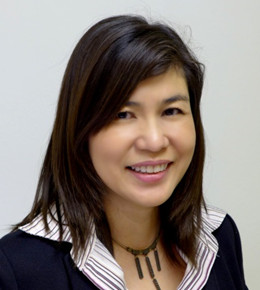 Kristie is a double-degree holder from the National University of Singapore and the University of London. She is both a trained accountant and a lawyer, and holds a Certificate in Early Childhood Education. Since leaving the legal profession, she has immersed herself full-time in Mind Stretcher. Besides being in charge of operations, she also helps develop the curricula for Science and Mathematics. Her eldest son is the 2012 President’s Scholar and a very outstanding all-rounder and perennial prize winner at Raffles Institution and the very prestigious Wharton Business School.
Kristie is a double-degree holder from the National University of Singapore and the University of London. She is both a trained accountant and a lawyer, and holds a Certificate in Early Childhood Education. Since leaving the legal profession, she has immersed herself full-time in Mind Stretcher. Besides being in charge of operations, she also helps develop the curricula for Science and Mathematics. Her eldest son is the 2012 President’s Scholar and a very outstanding all-rounder and perennial prize winner at Raffles Institution and the very prestigious Wharton Business School.
For more information, go to www.mindstretcher.com
This article was first published in The New Age Parents e-magazine
If you find this article useful, do click Like and Share at the bottom of the post, thank you.
Want more comprehensive info? Check out our e-guides here.







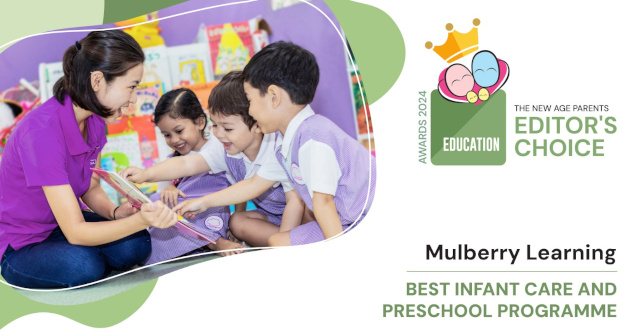


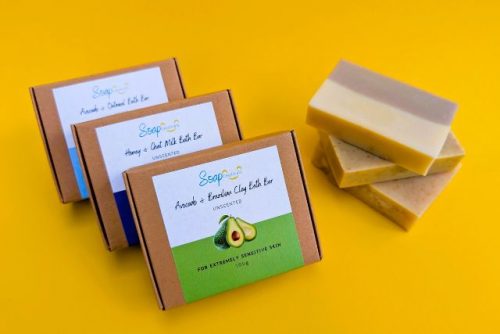







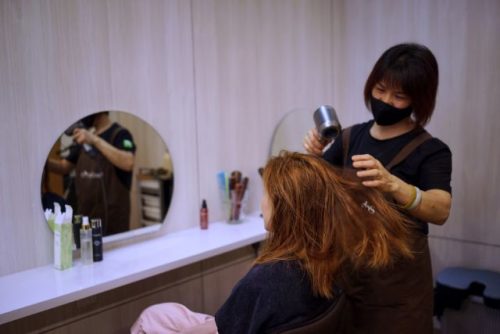


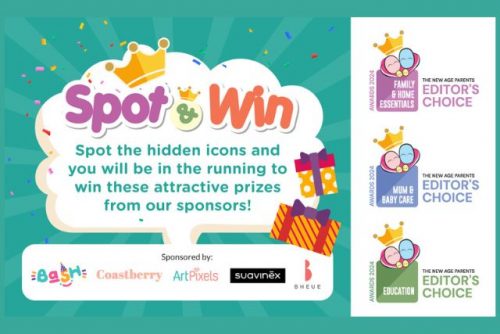


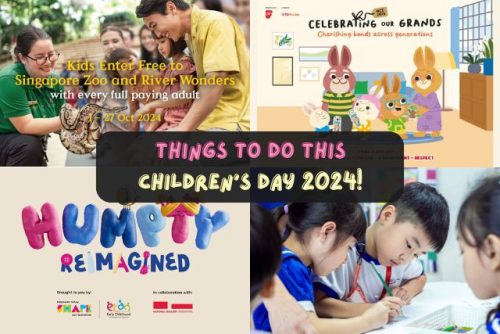


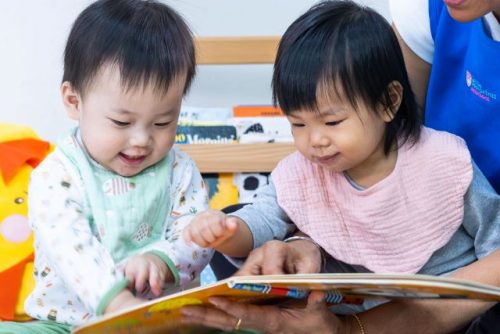
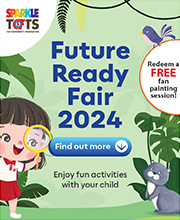












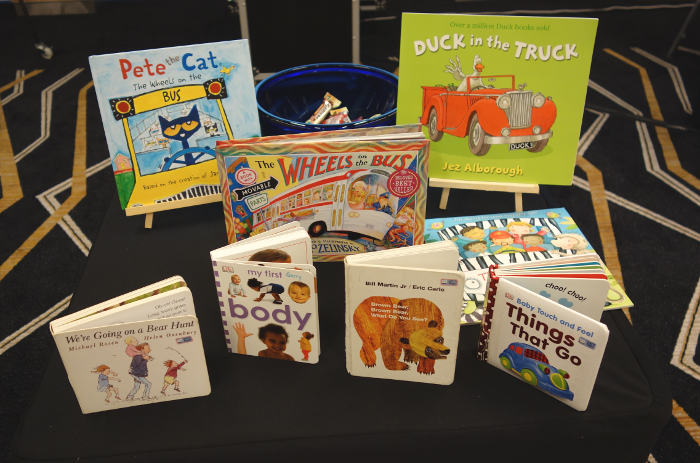


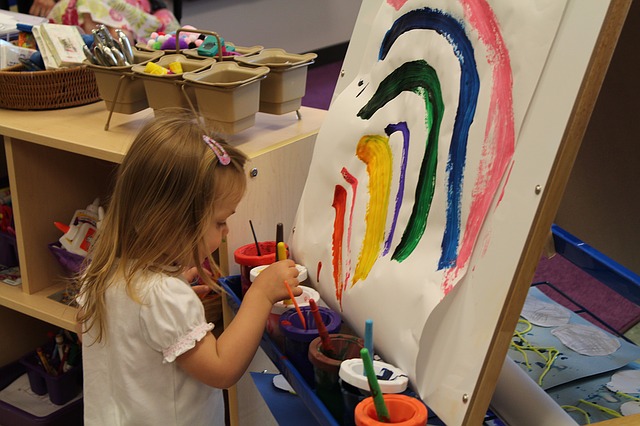
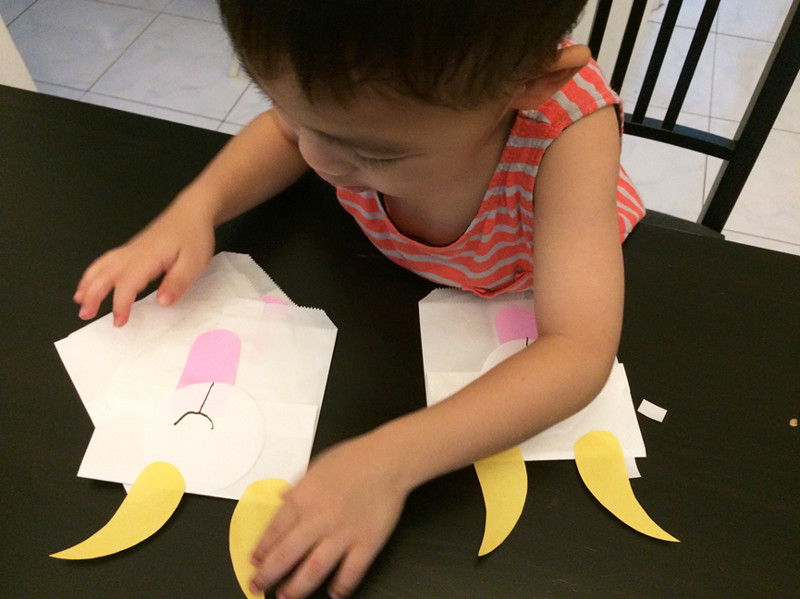
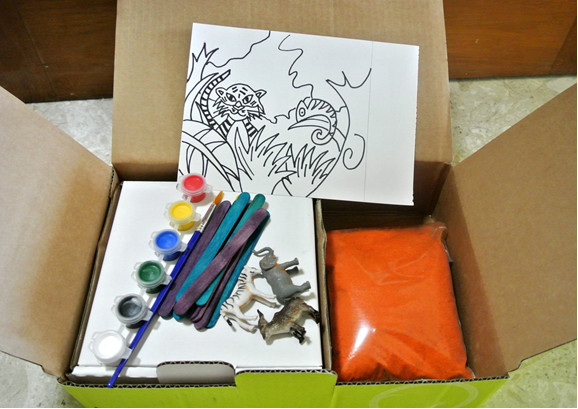


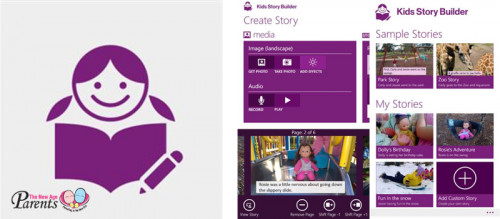


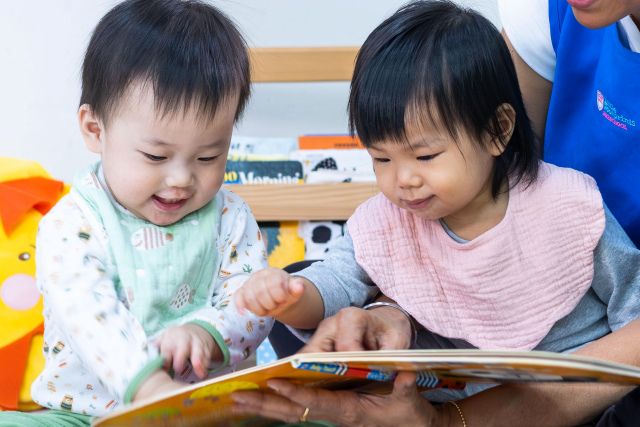







Leave a Comment: